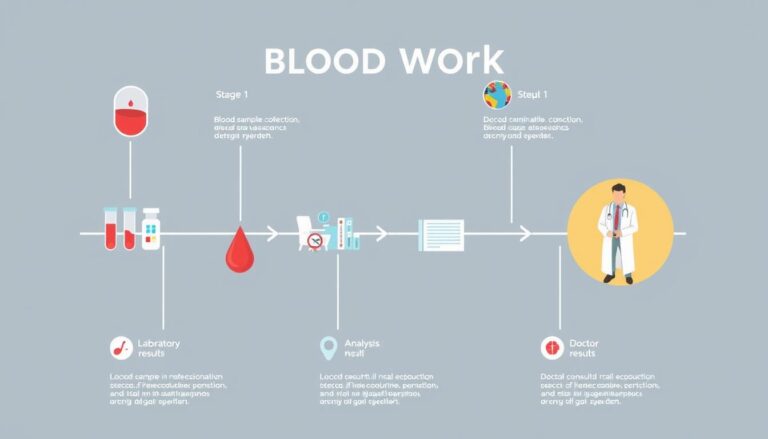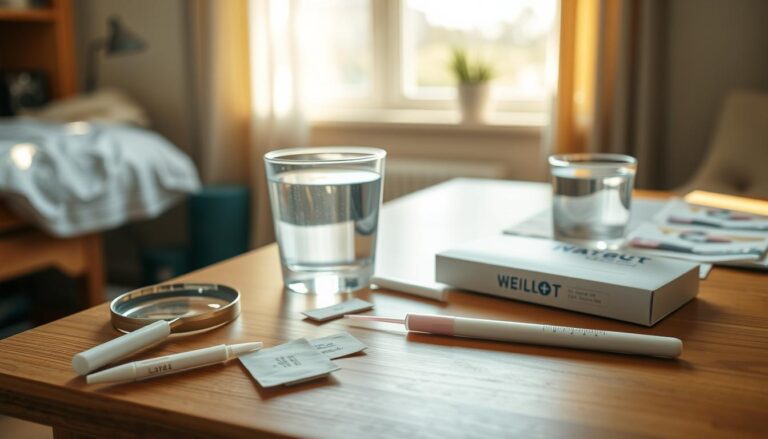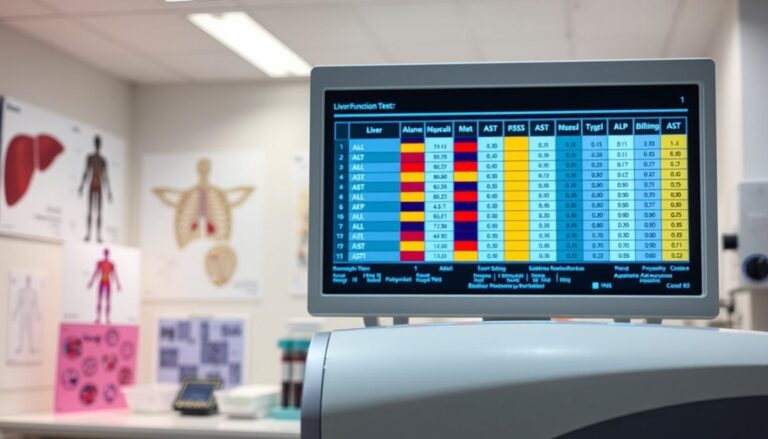Sample Storage and Handling: Quality Standards Explained
Ever wonder what happens to samples after they’re collected and sent to labs? Are they stored and handled right to get accurate test results? Proper storage and handling of lab samples are key. In India, labs deal with hundreds of samples every day. It’s vital to follow guidelines to avoid contamination and mix-ups.
Exploring laboratory testing shows us the need for organized sample management. This means following strict storage standards, using unique identifiers, and a priority system for storage. These practices help labs keep samples quality high, which is essential for reliable test results and patient safety.

Good sample management boosts productivity and profits in testing labs. So, it’s critical to have strong quality standards, including proper storage and handling. By following these guidelines, we ensure test results are accurate and reliable. This is vital for patient care and safety.
Understanding Lab Sample Storage Standards and Their Importance
Lab sample storage standards are key to keeping samples safe and sound. They help labs follow rules and keep samples in top condition. This is vital for research to be accurate and reliable.
When storing samples, temperature, humidity, and light are important. For example, some samples need to be kept at -20°C or -80°C. This is to keep them usable for research.
Some important things to think about when storing samples include:
- Temperature control: Ultralow temperature freezers can reach temperatures as low as -80°C, while cryogenic freezers can lower temperatures to -150°C.
- Energy efficiency: Energy-efficient cold storage options can reduce energy consumption by up to 50%, translating to significant long-term operating cost savings.
- Sample tracking: A robust sample tracking system can improve workflow efficiency by 20%, providing essential data for analysis and decision-making.
By using the right storage methods and following rules, researchers can keep their samples safe. This helps them do good research and move science forward.
Implementing Best Practices for Laboratory Sample Management
We know how vital lab sample storage standards are. They keep lab samples in top shape. Good lab sample storage protocols are key to quality research. Labs can avoid mistakes, cut down on contamination, and manage samples better by following best practices.
Good lab sample management means labeling right, tracking and storing accurately, and following rules. Using lab information management systems (LIMS) helps a lot. It automates tracking, keeps data in one place, and makes it easier to access. It’s also important to check samples regularly and keep quality high.
Some top tips for managing lab samples include:
- Using set protocols for handling, storing, and getting rid of samples
- Getting a LIMS to manage sample storage and disposal
- Doing regular checks to make sure you follow the rules
- Keeping detailed records of where samples are, how they’re stored, and how they’re handled
By following these tips, labs can cut down on mistakes, make research more reliable, and follow the rules. Keeping to lab sample storage protocols and standards is key. It keeps samples safe and research quality high.
Also, using automated systems with LIMS helps track samples better. It logs when samples come in, are processed, stored, or thrown away. This makes it easier to keep track of expiration dates, cut down on waste, and save time on paperwork. Labs that focus on sample management and use best practices can improve their work, quality, and follow the rules better.
| Sample Management Aspect | Best Practice |
|---|---|
| Labeling and Identification | Use standardized labeling protocols, including protocol number, subject/animal number, visit/time, matrix type, and unique accession number |
| Tracking and Storage | Utilize a LIMS to track and manage sample storage and disposal, and conduct regular audits to ensure compliance with regulatory standards |
| Regulatory Compliance | Maintain accurate and detailed records of sample location, storage conditions, and handling procedures, and adhere to regulatory requirements |
Conclusion: Ensuring Long-term Sample Integrity Through Standardization
Keeping laboratory samples in good condition is key for accurate research. Standardizing how we store and handle samples is vital. This ensures our data stays reliable and valid.
Getting our lab work certified and following rules is important. Training our team on the right ways to handle samples helps a lot. Also, having a strong quality system that covers storage and disposal is essential.
We must always check and improve our methods. This keeps our samples and research trustworthy. By focusing on standardization, we can be sure our data is safe for the long term.







